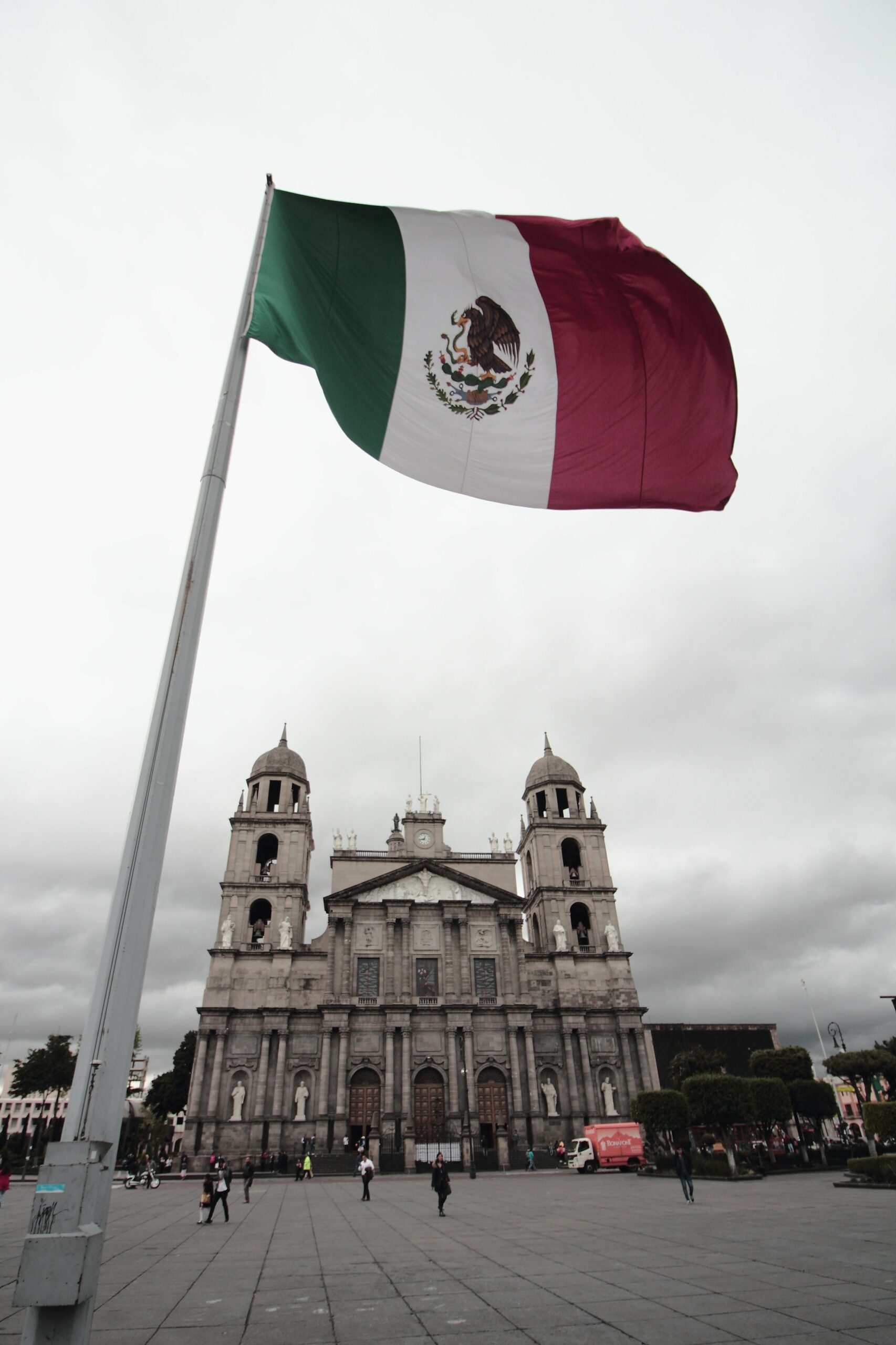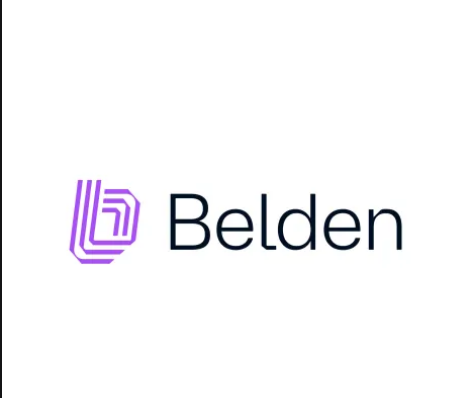Tecnológico de Monterrey
At the Tecnológico de Monterrey, Mexico, something special is happening with quantum computers. North of the border, in the United States, quantum computing (QC) has already been in development since Richard Feynman’s prophetic vision at the First Conference on the Physics of Computation, at MIT 1981, ushering in the quantum computer age. For Mexico, unfortunately — which has always played second fiddle to its wealthy neighbour over the Rio Grande, things have been developing at a much slower tempo.
But being a tortoise doesn’t mean you won’t win the race.
Venegas-Andraca

Meet Salvador Elías Venegas-Andraca, a researcher at the Tecnológico de Monterrey of Engineering and Sciences, and a pioneer and brains in charge of all things QC in Mexico. Venegas-Andraca, in charge of all things QC in Mexico. Venegas-Andraca, who holds a Ph.D. from the University of Oxford, has been a professor at the Tecnológico de Monterrey since 2006 — and also has experience as a senior technical consultant focussing on tech transfer and innovation management while securing outside funding for the sciences within the country — is impressively the head of the only quantum algorithm research group in Mexico.

Salvador Elías Venegas-Andraca. Source: Pinterest.com.mx
He and his team, made up of some of the best computer scientists in Mexico, are so talented that in 2015 they impressed researchers at the Quantum Artificial Intelligence Laboratory (QuAIL), a collaboration between Google and NASA based at NASA’s Ames Research Center in California, with a winning proposal the lab put forward using the hardware built by Canada’s D-Wave Systems.
‘My aim is to understand how to use the properties of matter… the Laws of Quantum Physics to build algorithms that will allow us to solve mathematical problems and their later application that are relevant to scientific research and its application in the modern world.’
— Salvador Elías Venegas-Andraca
The proposal, called ‘Optimizing information flow through complex networks’, dazzled the NASA team so much, that the project was then assigned to Tecnológico de Monterrey of Engineering and Sciences for further development.
Currently, Venegas-Andraca teaches a free online course and has also published more than 40 papers on several aspects of QC. Many offer insight into quantum systems in regard to national cybersecurity issues. One paper, Efficient quantum-based security protocols for information sharing and data protection in 5G networks, is to be published in November of this year.
So far, unfortunately, all QC innovation in Mexico is coming from universities and research centres like the Tecnológico de Monterrey, Mexico City’s prestigious National Autonomous University of Mexico (UNAM), which has the Quantum Information and Optics Group, and Centro de Investigación y Estudios Avanzados (CINVESTAV). Currently, the startup scene is threadbare at best, though Mexico is the first country in Latin America to pass a law that regulates fintech. This is all good news for the general climate of innovation in the tech space, and should this pro-entrepreneurial environment continue, it can only be good for the future of QC in Central America, too. It will take people like Venegas Andraca and others to advance the awareness and knowledge of QC in his country, bringing about a new dawn in Mexico’s hard tech industry.
Venegas-Andraca had this to say about the emerging market:
‘Quantum computing is very promising, it is currently considered an emerging technology market whose estimated value is billions of US dollars and attracts the attention of major universities and research centers worldwide, as well as governments worldwide and high-tech companies such as Google, IBM, and Microsoft.’


















